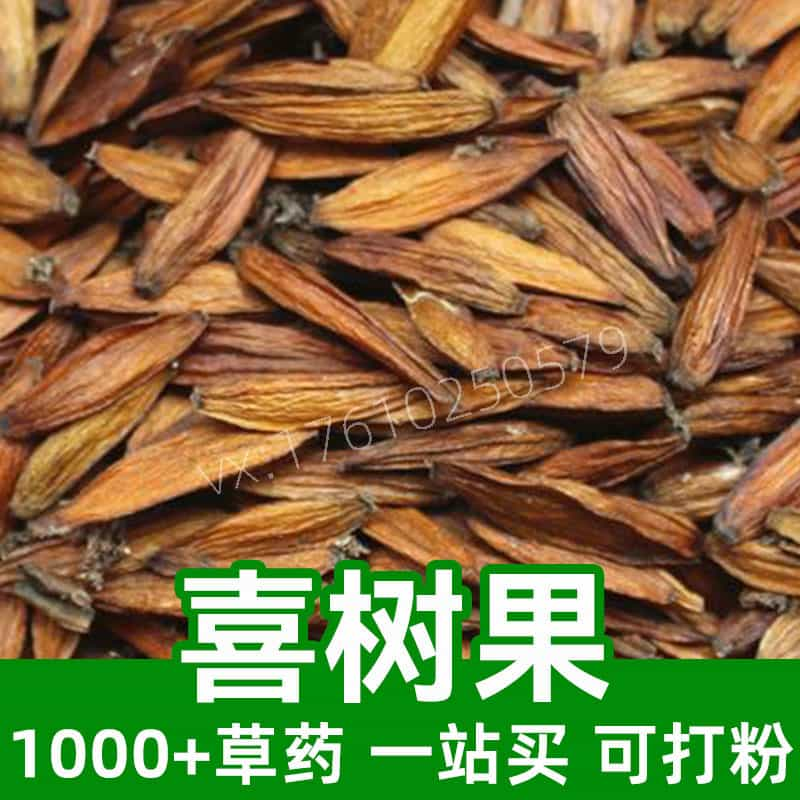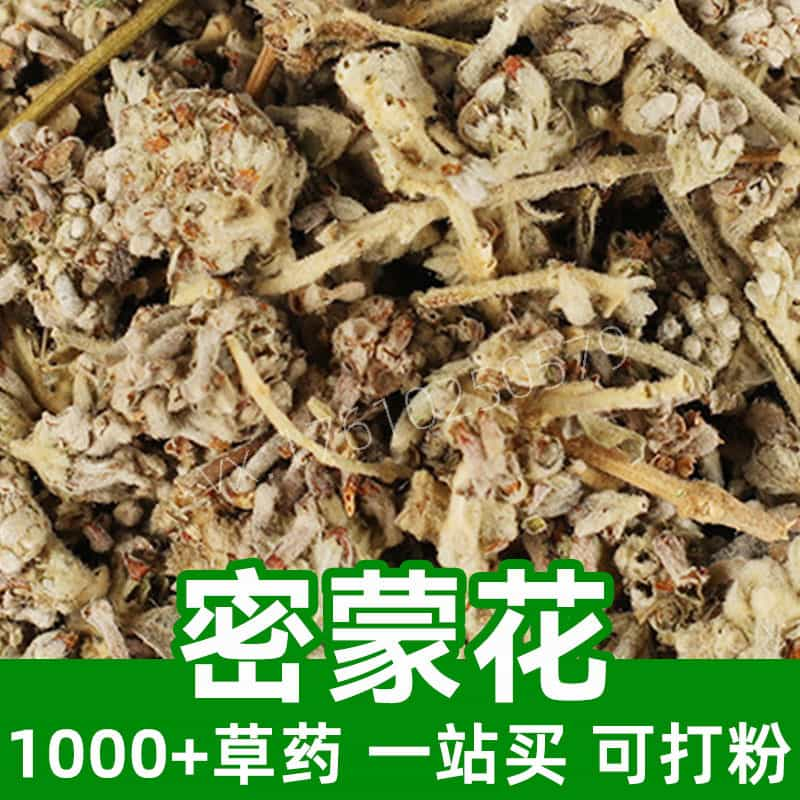Mulberry Twig Product Introduction
Mulberry twig refers to the branch part of the mulberry tree, which is one of the important products of the mulberry tree. Its main components include alkaloids, flavonoid compounds, volatile oils, vitamins, and minerals. The source of mulberry twig is mainly the mulberry tree, which is processed and made after collection. In the field of traditional Chinese medicine, mulberry twig is widely used to treat diseases such as hypertension, diabetes, and chronic nephritis, with effects such as clearing heat and detoxifying, promoting diuresis and reducing swelling, lowering blood pressure, and moistening the intestines and facilitating bowel movements. Mulberry twig can be used in combination with other medicinal materials such as mulberry leaves, rehmannia, and scutellaria to prepare traditional Chinese medicine prescriptions. Mulberry twig is valued in the field of traditional Chinese medicine due to its medicinal value and wide range of applications, and is considered an important traditional Chinese medicinal material.
Main Effective Components of Mulberry Twig
Mulberry twig is the branch part of the mulberry tree and has a wide range of uses in the field of traditional Chinese medicine. Its main effective components include alkaloids, flavonoid compounds, volatile oils, vitamins, and minerals.
- Alkaloids: Mulberry twig contains a variety of alkaloids, such as morusin and isomorusin, which have sedative, antispasmodic, and blood pressure-lowering effects.
- Flavonoid Compounds: Mulberry twig contains rich flavonoid compounds, such as quercetin and isorhamnetin, which have antioxidant, anti-inflammatory, and antibacterial effects, helping to improve microcirculation, lower blood lipids, and protect cardiovascular and cerebrovascular health.
- Volatile Oils: The content of volatile oil in mulberry twig is low, but it also contains a certain amount of volatile components, which may have a certain soothing effect on the respiratory tract.
- Vitamins and Minerals: Mulberry twig is rich in antioxidants such as vitamin C, vitamin E, and minerals such as potassium, calcium, and zinc, which play an important role in maintaining physical health.
These effective components endow mulberry twig with a variety of medicinal values and effects, making it an important component of traditional Chinese medicine prescriptions. Mulberry twig can be used in different dosage forms such as decoctions, water-soaked extracts, granules, etc., and the dosage and usage should be determined according to specific conditions and doctor's advice. In clinical practice of traditional Chinese medicine, mulberry twig is often used in combination with other medicinal materials to enhance therapeutic effects and has broad application prospects.
Application Scenarios and Usage Dosage of Mulberry Twig
Mulberry twig has a wide range of applications in the field of traditional Chinese medicine, and its medicinal value is mainly reflected in the following aspects:
- Clearing Heat and Detoxifying: Mulberry twig has the effect of clearing heat and detoxifying, which can be used to treat symptoms such as heat disease, thirst, frequent drinking, and dark yellow urine.
- Promoting Diuresis and Reducing Swelling: Mulberry twig can promote urine excretion, which is beneficial to eliminate edema in the body and is commonly used to treat edema, nephritis, and other diseases.
- Activating Blood Circulation and Removing Blood Stasis: Mulberry twig has the effect of activating blood circulation and removing blood stasis, which can be used to improve blood circulation, promote the discharge of blood stasis, and is commonly used to treat blood stasis diseases such as dysmenorrhea and blood stasis obstruction.
- Cooling Blood and Stopping Bleeding: Mulberry twig can cool blood and stop bleeding, and has a certain therapeutic effect on bleeding diseases such as vomiting blood, epistaxis, and menorrhagia.
- Relieving Tendons and Activating Collaterals: Mulberry twig has the effect of relieving tendons and activating collaterals, and can be used to treat symptoms such as rheumatoid arthritis and sore muscles and bones.
Common usage methods of mulberry twig include:
- Decoction: Grind mulberry twig into powder or cut it into pieces, boil it with water and take it orally, with a common dosage of 10-20 grams, which can be adjusted according to the condition.
- Water-Soaked Extract: Soak mulberry twig in water, boil it and take the extract orally, or use the extract externally on the affected area.
- Granules: Mulberry twig can also be made into granules for easy administration, generally taken according to the dosage prescribed by the doctor.
In the field of food, mulberry twig also has certain application value and is commonly used to make mulberry twig tea, mulberry twig beverages, etc. Mulberry twig tea is light and delicious, with the effects of clearing heat and relieving summer heat, diuresis and reducing swelling, suitable for drinking in summer. However, it should be noted that mulberry twig is a medicinal plant, and care should be taken when consuming it to avoid excessive or long-term consumption, which may cause adverse reactions.
Introduction, Distribution, and Growth Environment of Mulberry Twig Source Plant
Mulberry twig refers to the branches of the mulberry tree (scientific name: Morus alba), which is a plant of the Moraceae family and Morus genus. It is a common deciduous tree with important economic and medicinal value. The following is detailed information about the source plant of mulberry twig, its distribution, and growth environment.
- Plant Introduction:
- Chinese Name: Mulberry Tree
- Other Names: Mulberry Fruit Tree, Mulberry Cicada Shell
- Latin Scientific Name: Morus alba
- Product Characteristics: Mulberry tree is a tall deciduous tree with a broad crown, gray-brown bark, smooth and shiny branches. The leaves are ovate or heart-shaped, with serrated edges, smooth on the surface, and fuzzy on the back. The fruit is a spherical or ovate aggregate fruit, which is black-purple when ripe.
- Distribution:
- Mulberry trees are native to China and are widely distributed, mainly growing in temperate regions of Asia, Europe, and North America. China is one of the original regions of mulberry trees, especially common in the southern regions.
- The distribution area of mulberry trees in China includes Jiangnan, areas south of the Yangtze River, especially the Yangtze River Basin and areas to the south.
- Growth Environment:
- Climate Requirements: Mulberry trees prefer warm and humid climates, have high requirements for light, but can also tolerate partial shade.
- Soil Requirements: Mulberry trees have strong adaptability to soil, but prefer loose, well-drained loam soil, and have certain requirements for soil pH, suitable for growth in soils with pH between 6.5-7.5.
- Growth Altitude: Mulberry trees have strong adaptability to altitude, generally growing at altitudes below 1500 meters.
Mulberry tree is an important economic tree species in China, with a long history of cultivation. Mulberry trees are not only an important food source for silkworms but also have medicinal value. Branches, leaves, and root bark of mulberry trees can be used as traditional Chinese medicinal materials and are commonly used in the field of traditional Chinese medicine to treat a variety of diseases.
Harvesting, Processing, and Storage of Mulberry Twig
Mulberry twig, as a traditional Chinese medicinal material, requires certain precautions during harvesting, processing, and storage to maintain its medicinal value and stable quality.
- Harvesting:
- Time Selection: The harvesting time of mulberry twig is usually in spring or autumn. Mulberry twigs harvested in spring are tender and soft, suitable for medicinal use; those harvested in autumn are older and contain more active ingredients.
- Collection Method: When harvesting mulberry twigs, choose healthy and pest-free branches, use sharp tools for cutting, and avoid damaging the trunk.
- Avoid Injury: During the harvesting process, avoid damaging the trees and reduce the impact on the growth of mulberry trees to protect the growth of the trees.
- Processing:
- Cleaning Treatment: The collected mulberry twigs should be cleaned first to remove surface impurities and dust.
- Drying: After cleaning, the mulberry twigs can be air-dried or dried to reduce the water content appropriately, which is convenient for storage and preservation.
- Cutting and Processing: Mulberry twigs can be cut into sections or crushed according to needs for subsequent medicinal processing and preparation.
- Storage:
- Ventilation and Drying: Mulberry twigs should be placed in a ventilated and dry place during storage to avoid moisture and mold.
- Pest Control: A small amount of insect repellent can be placed in the container for storing mulberry twigs to prevent pest occurrence.
- Light Protection: Mulberry twigs should be stored in a cool, dry place and protected from direct sunlight to avoid affecting the stability of their active ingredients.
Correct harvesting, processing, and storage methods can effectively protect the medicinal value and quality of mulberry twig, extend its effective period, and ensure that it plays the best effect during medicinal or edible use.
Monica Sun is a seasoned expert in the natural raw materials industry, with over a decade of experience specializing in traditional Chinese medicinal herbs, spices, and fungi. She is skilled in the sourcing, processing, and application of these materials, emphasizing sustainability and innovation. Monica Sun has contributed to the development of high-quality natural raw materials that serve as essential components in functional foods, pharmaceuticals, and cosmetics, delivering tailored solutions to meet diverse market needs.













